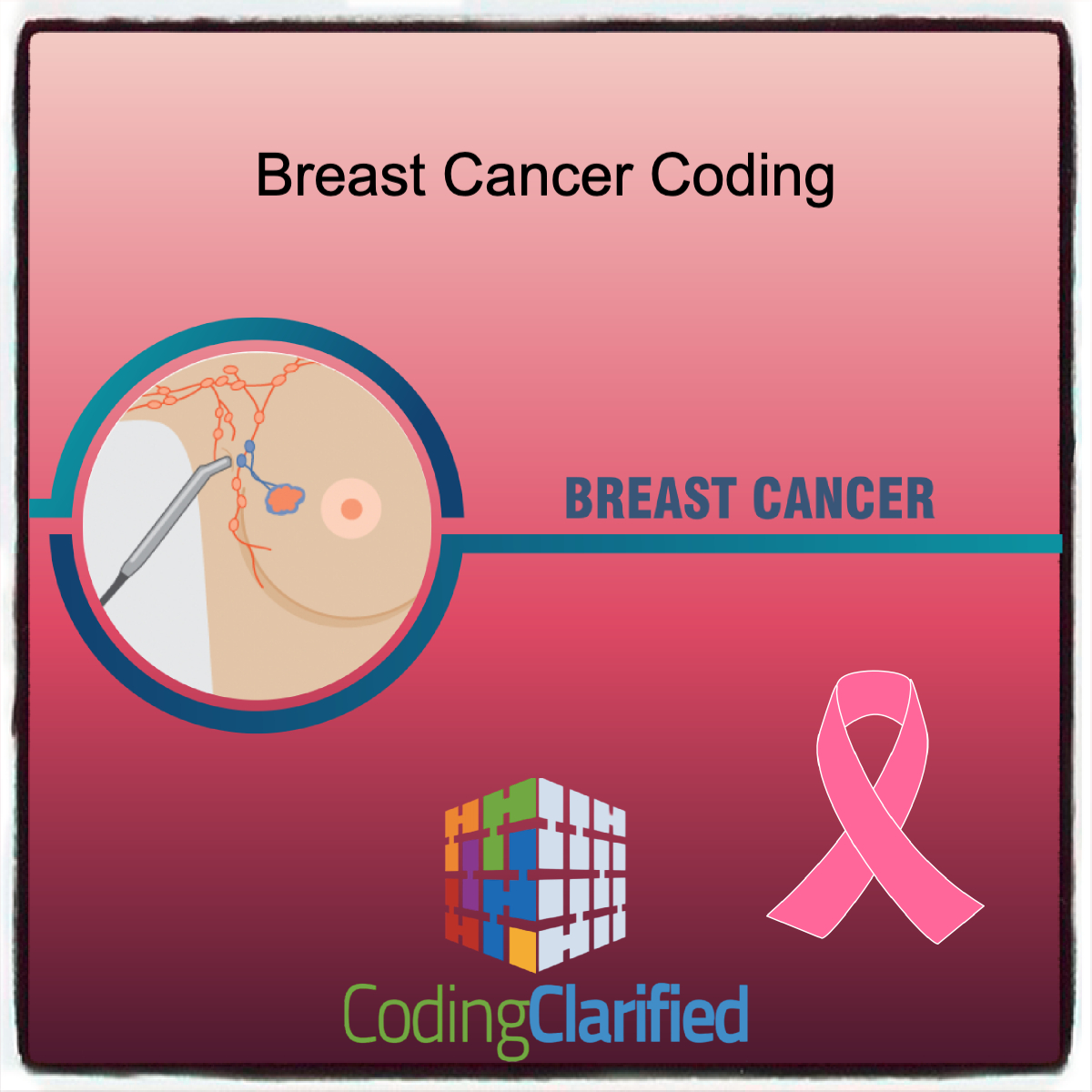Understanding Breast Cancer ICD-10 Coding and Guidelines
Breast cancer remains one of the most common cancers diagnosed among women, making accurate medical coding essential for effective treatment, billing, and data collection. The ICD-10 (International Classification of Diseases, 10th Revision) provides specific codes that enable healthcare providers to categorize breast cancer diagnoses accurately. This blog delves into the nuances of breast cancer coding within the ICD-10 system, emphasizing coding guidelines and best practices.
Overview of Breast Cancer ICD-10 Codes
In the ICD-10-CM (Clinical Modification) coding system, breast cancer is primarily categorized under the codes C50. The C50 codes are further divided based on the location of the tumor and specific characteristics. Below is a breakdown of the key codes:
- C50.0 – Malignant neoplasm of the nipple and areola
- C50.1 – Malignant neoplasm of central portion of breast
- C50.2 – Malignant neoplasm of upper inner quadrant of breast
- C50.3 – Malignant neoplasm of upper outer quadrant of breast
- C50.4 – Malignant neoplasm of lower inner quadrant of breast
- C50.5 – Malignant neoplasm of lower outer quadrant of breast
- C50.6 – Malignant neoplasm of axillary tail of breast
- C50.8 – Malignant neoplasm of overlapping sites of the breast
- C50.9 – Malignant neoplasm of breast, unspecified
Important Considerations for Coding
- Specificity: It is crucial to code as specifically as possible. Use the most precise code available that reflects the site of the cancer. For example, if a tumor is located in the upper outer quadrant of the breast, use C50.3 rather than the more general C50.9.
- Laterality: The ICD-10-CM includes codes for laterality, which should be used when applicable. For instance:
- C50.11 – Malignant neoplasm of right female breast
- C50.12 – Malignant neoplasm of left female breast
- C50.19 – Malignant neoplasm of unspecified female breast
- Type of Breast Cancer: Different types of breast cancer may necessitate additional codes to capture the specific diagnosis, such as invasive ductal carcinoma, lobular carcinoma, or others. Consult the appropriate coding guidelines for specific scenarios.
- Staging and Treatment: Although the ICD-10-CM primarily focuses on diagnosis, providers may also document staging codes from the ICD-10-CM to describe the extent of the disease and treatment options.
- Secondary Codes: If applicable, secondary codes related to the patient’s health status, such as metastatic disease (C79.81), should be included to reflect the full clinical picture.
Coding Guidelines
1. Documentation:
Accurate and comprehensive documentation is essential for correct coding. The medical record should clearly indicate:
- The diagnosis of breast cancer
- The type and location of the tumor
- Any relevant staging information
- Treatment plans and outcomes
2. Coding for Recurrence:
If a patient has a recurrence of breast cancer, it’s crucial to code it correctly. The code C50 can still apply, but additional codes may be needed to indicate a recurrence or metastasis. For example, C50.9 may be used if the specific site is unknown, but it should be accompanied by codes indicating the recurrent nature of the disease.
3. Follow-Up Visits:
Follow-up visits for monitoring post-treatment should be coded appropriately. Use Z codes (e.g., Z08 for follow-up examination after treatment for malignant neoplasm) to indicate the patient’s status and the need for continued surveillance.
Accurate ICD-10 coding for breast cancer is crucial for ensuring appropriate patient care and proper reimbursement. By following the coding guidelines, utilizing specific codes, and ensuring comprehensive documentation, healthcare providers can improve the accuracy of breast cancer diagnoses and enhance overall patient management. Staying updated with the latest coding practices is essential, as guidelines may evolve over time.
By understanding and applying these coding principles, healthcare professionals can play a vital role in the management and treatment of breast cancer.
https://www.cms.gov/files/document/fy-2025-icd-10-cm-coding-guidelines.pdf
Medical coding Toolbox
https://codingclarified.com/essential-medical-coding-tools-for-your-personal-toolbox/

